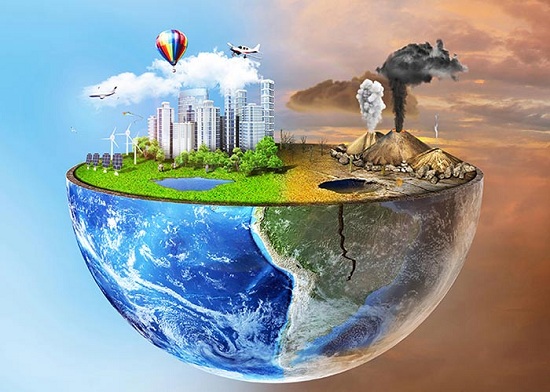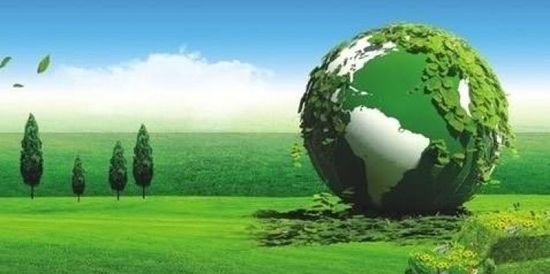



In the past year, China's textile manufacturing industry has changed its weather for years, and overall revenue and net profit have shown steady growth. Careful analysis of this 100 billion-level traditional pillar industry, found that in fact, every moment is shuffled and rebuilt.
01
Implementation of environmental protection policy
Shut down "dirty and dirty" enterprises
The implementation and implementation of various environmental laws and regulations have made environmental protection manufacturing gradually show a trend of normalization. In 2019, environmental protection policies continued to be exerted, and many industries were facing a “very strict” production situation, especially in the textile industry.
The Keqiao District Government of Shaoxing City, Zhejiang Province has adopted a high-pressure policy on the problems of low-small dispersion, high energy consumption and high pollution in the original printing and dyeing industry, and shut down many illegal polluting enterprises. According to statistics, in the first quarter of 2019, Guangdong has Thousands of printing and dyeing companies have closed or stopped production.

02
Sewage treatment problem
Has become the key to survival
China is a large textile printing and dyeing country. The textile printing and dyeing wastewater has the characteristics of large water volume, high organic pollutant content, large alkalinity and large water quality change. It is recognized as one of the most difficult industrial wastewater treatments.
Faced with many problems such as rising labor costs and backward technology, small factories lacking capital have no room to operate, and they can only withdraw in the midst of regret. Large enterprises have ushered in the opportunity to transform their development. With sufficient capital support, they will quickly adjust their production structure and continue to expand their market share with advanced technologies.

03
smart device
Accelerate the reform of the textile industry
As an important part of the manufacturing industry, the textile industry is at a critical stage of transformation and upgrading. Textile dyeing processing is an important way to improve the value of textiles. As people appreciate the level of appreciation, consumers will put forward higher requirements on the color and pattern of textiles.
Some textile printing and dyeing processing enterprises are actively seeking a convergence point to synchronize their own development with the times. These companies continue to innovate their management concepts, adhere to the research of advanced intelligent systems, and achieve intelligent control of dyeing processing. They hope to improve their adaptability and produce products that satisfy consumers.
Strengthening research on intelligent systems is an inevitable choice. If the manual dyeing processing mode is still adopted, in addition to the huge cost, production efficiency and quality cannot be guaranteed. It can be said that researching and applying intelligent systems is a way for enterprises to improve their own competitiveness.

04
The future of textile intelligence
The future of the textile industry must be intelligent.
On the one hand, the “machine substitution” initiative will be further deepened. Not only do robots replace workers, but more advanced equipment replaces ordinary equipment. Efficiently promote the transformation and upgrading of enterprises from “manufacturing” to “intellectual creation”.
On the other hand, "Internet +" and "Internet of Things" will break the traditional limitations and combine the use of raw materials, factories, manufacturing equipment, logistics and transportation channels, and other parts of the world.

Yancheng Ruize Masterbatch Co., Ltd. mainly produces and operates: Polyester masterbatch, Non-woven masterbatch, Non-woven antibacterial masterbatch,antistatic masterbatch, polypropylene filament masterbatch, Polypropylene filament masterbatch, Polyester masterbatch, polypropylene spunbond non-woven masterbatch, Polypropylene fiber masterbatch, chemical masterbatch, polypropylene masterbatch, Polyester masterbatch, Soft hydrophilic masterbatch.